
Featuring Challo Schott from The O.G. In Delray Beach, Florida.
All of us who make a living working behind a bar crafting specialty cocktails have probably wondered at one time or another how our lives would be different if we stopped living off tips and were the keepers of the till. (By this, I mean the register, if you aren’t familiar with bartending lingo.)

Challo Schott
Of course, there are a whole new set of responsibilities when it comes to owning an establishment. Challo Schott of The O.G. in Delray Beach, Florida, has given us some insight on what it takes to make that jump from bartender to bar owner.

O.G. Delray Beach
Photo Courtesy of O.G. Delray
Talk to us a bit about your background in the industry.
You know, I suppose the industry was always there—we didn’t have much money, so I was always working even before I was legally able to. I remember riding my bike across town to wash dishes at the Knights of Columbus Hall—I think I made $10 for the afternoon. Later, I was able to find the same job at the edge of my neighborhood, washing dishes next to teenagers working the grill at the neighborhood steakhouse, listening to their stories, ogling their street machines, just working for a “buck.” When I was in college, I’d been working at a keg and head shop that sold used CDs, bongs, beer, and everything in between when a new bar came to town that only hired team members with no experience. The interview went well and I was given a choice of position, at which point I became a 19-year-old bartender learning to pour pints and mix disgusting concoctions (albeit delicious at the time), like a Scooby Snack, made with Malibu, Midori Melon, and coffee creamer.
What made you decide to become a bar owner?
I don’t know that I chose it as much as I grew into it. I’ve always been a bit of a wolf, a bit control-obsessed, and I’ve worked hard to master most areas of the business. So even when I’d come on board in a marketing or operations role, I’d take over, bring in my own team, and time after time, the owners would realize they weren’t needed and soon disappear, leaving the bar in my hands.

O.G. Delray Beach
Photo Courtesy of O.G. Delray
Any regrets? What were some of your biggest obstacles?
Oh, yeah, there are regrets. Missing countless weekends with my daughter. Working incessantly and never learning how to leave work at work. I’ve never married; I rarely even date because any time not committed to the bars, I commit wholly to my daughter. And there are so many obstacles—you can make bad deals, get screwed, poorly time the concept, place it in the wrong spot … hell, you can have a new construction issue arise, blocking access to your spot and forcing you to go out of business. The team you hire is everything, and that can be the biggest challenge. If you find passion, nurture it, and if you see strength and honesty and grit, find a way to reward it.
What is your advice for bartenders who’d like to open their own bar?
This advice is easy, but most people won’t get it. I moved here in 2005 with $1,000 and no car. I’d walk to work, eventually buying a bike; a year later, a car. A year after that, I was running the business alone. I put my everything into anything I do, and I move fast, talk fast, and rarely stop to chat. I refuse meetings from people who are “time vampires” and fill their days with meetings that could be accomplished via email. I go out to dinner maybe five times a year; I go out to lunch maybe less.
I eat on the go and I’m always on the go. I sacrifice family time, friendships, and relationships for business because I am fully committed to giving my daughter opportunities I never had, and I’m fully committed to proving my worth to this industry. I’ve got a voice and I have something to say, and I want to ensure people get to hear it. When people ask why I don’t stop, why I keep going day in and day out, I give them one singular reason for it all: I’m gonna die someday and I refuse to float around like these folks who act like they’re gonna live forever.

O.G. Delray Beach
Photo Courtesy of O.G. Delray
Give us your top three tips for bartenders to do now if they’d like to someday own a bar.
Learn the financial and accounting end; learn to do projections, learn how to monitor and gauge results of your events, programming, and efforts. Learn the true cost of labor, talent booking, operations, and make decisions based upon those numbers. Understand that if you lack knowledge or passion about an area of the business, you need to find someone to join your team who has both. And when you find the right people, keep them, but help them grow. Do not look at them like a number.
When you think about each and every aspect of the business, remove yourself and your needs—think about the guest experience; think about their needs and what they want. If you can find a way to do both, you may be on your way to something special.
Talk to us about The O.G. What was the inspiration for the space and the name?
The O.G. (Oceanside Grocers) is a blending of culture and style throwbacks and nostalgia molded, shaped, and repackaged for today’s market. The O.G. meets both worlds head-on—historic and urban Delray Beach and its evolution into an arts and entertainment district for the masses. Old ideas of neighborhood bars and local markets are still relevant to many Floridians, so we don’t discount them. Instead, we pay homage to that imagined person who governs the neighborhood from their yard, offering advice and dropping knowledge. The O.G. is a fictional character in spirit and is personified in the retail and apparel we create. We’re a future lifestyle brand that doesn’t just claim to be local as the trend is, but says we were here first and the old way doesn’t go away.

O.G. Delray Beach
Photo Courtesy of O.G. Delray
What are some of the other interesting cocktails on the menu?
Oh, we’ve got a few. We have “Choose Your Own Adventure” Moscow Mules, which offer spirit options in the form of 50ml airplane bottles that float on top of the drink in the spirit of a “bulldog.” We also bottle the best Old Fashioned around and make frozen ICEE drinks. Our Space Wizard Sangria, which is served in a pouch, is best described as an adult Capri Sun and was recently chosen to be featured in Men’s Health magazine. Another favorite is our Hillbilly Martini, which uses Well’s Nitro Brew Coffee infused with whiskey, chili liqueur, kahlua, and cinnamon syrup, which we keg and pour on tap from a 60-year-old General Electric fridge. (We also sell the nitro brew by itself in the same manner.)
Talk to us about creating a one-of-a-kind experience for your guests.
Building a bar that stands alone as a simple, yet bold design statement wasn’t just a decision; it was an obsession. I really compromised smart decision-making at times to ensure what I was doing wasn’t something I’d seen before. Too many owners are simply grabbing plane tickets to New York, Chicago, Austin, and Portland to borrow ideas and come back here and regurgitate them into their own concepts. I’ve always prided myself on showing people what they haven’t seen before, even if it doesn’t generate the same kind of instant revenue by maximizing every inch of the space to generate money, and treating guests like dollar signs. I believe it’s more honest, and we have a genuine chance at a long life span when people can see the effort and care put in—when they know I built it with my own hands and it’s not just a cookie cutter design or another copy of something else. The bars I open are like stories written; I write the introduction and provide a voice, but after opening, the stories are for others to join in and for others to tell.
Visit OGDelray.com.
The post Making the Move from Bartender to Bar Owner appeared first on Chilled Magazine.
Source: Mixology News
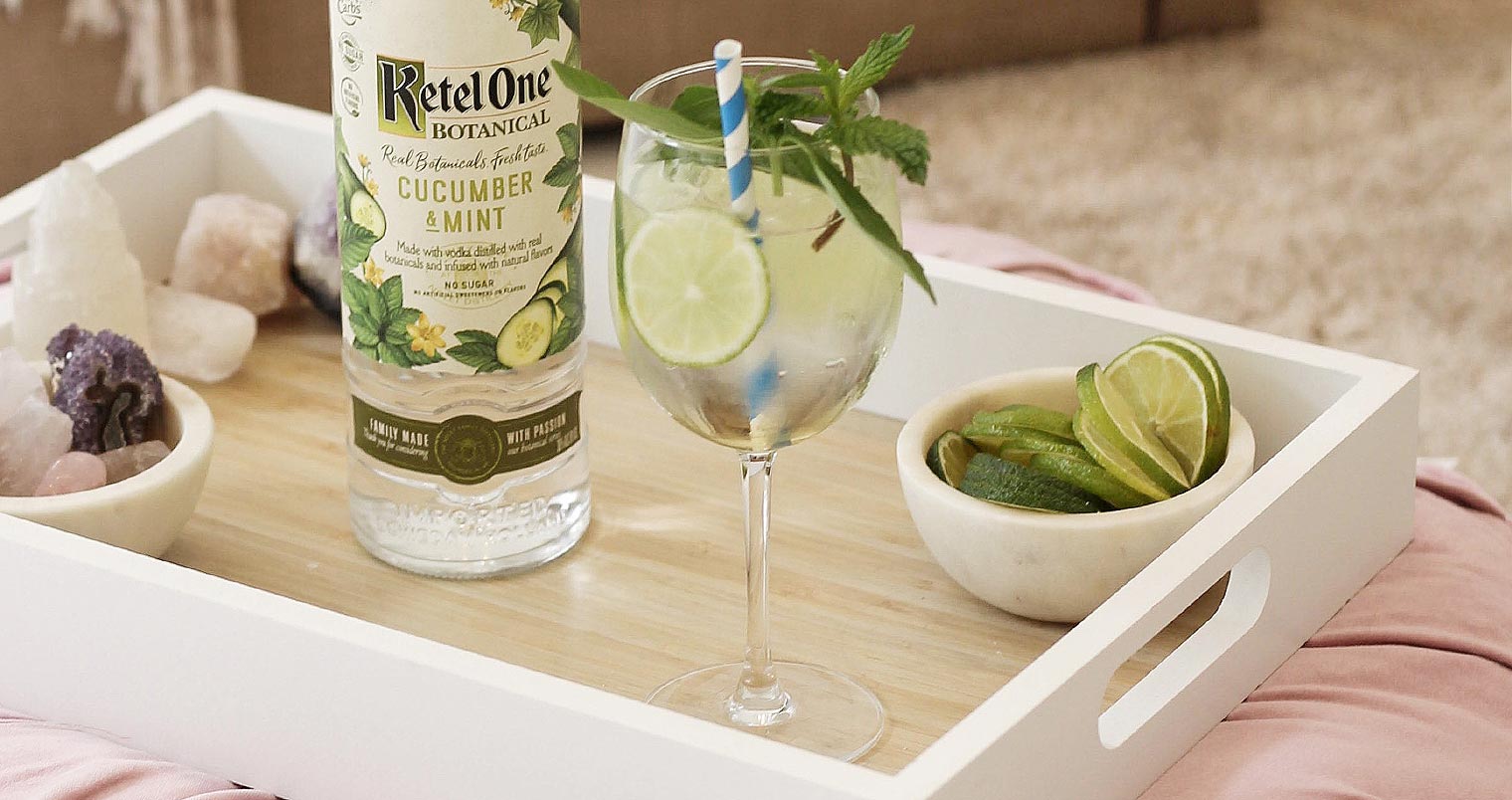





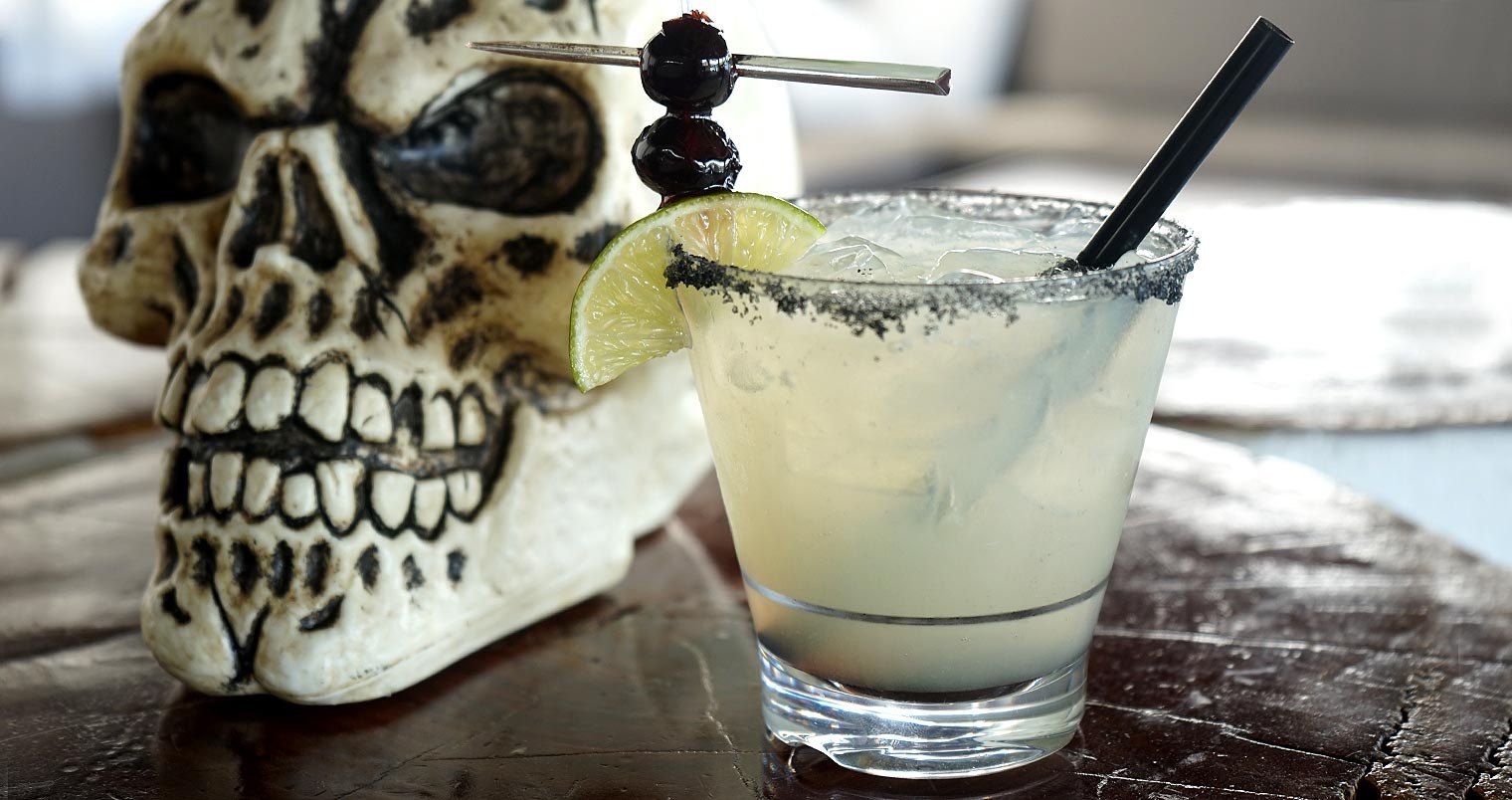








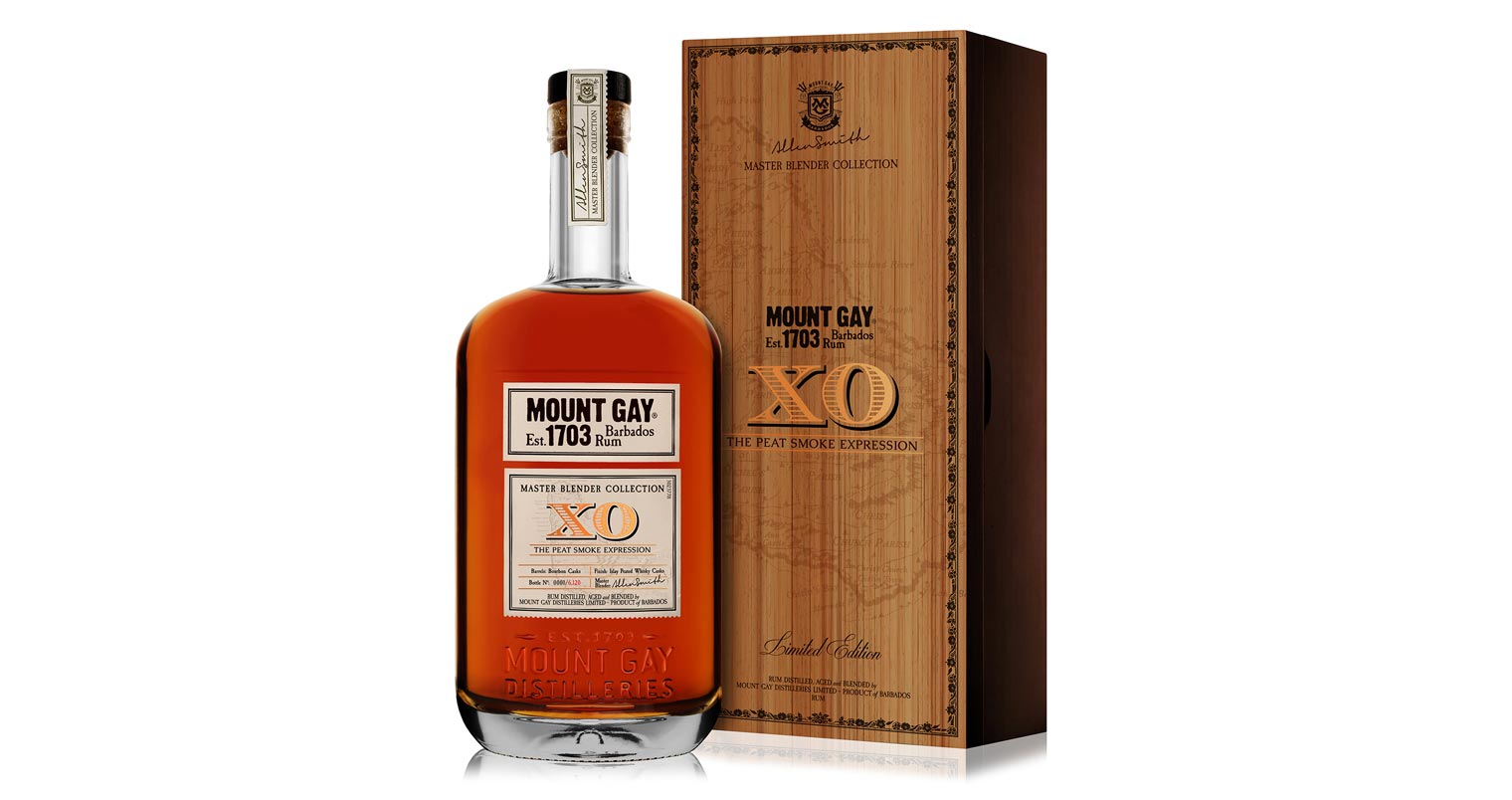











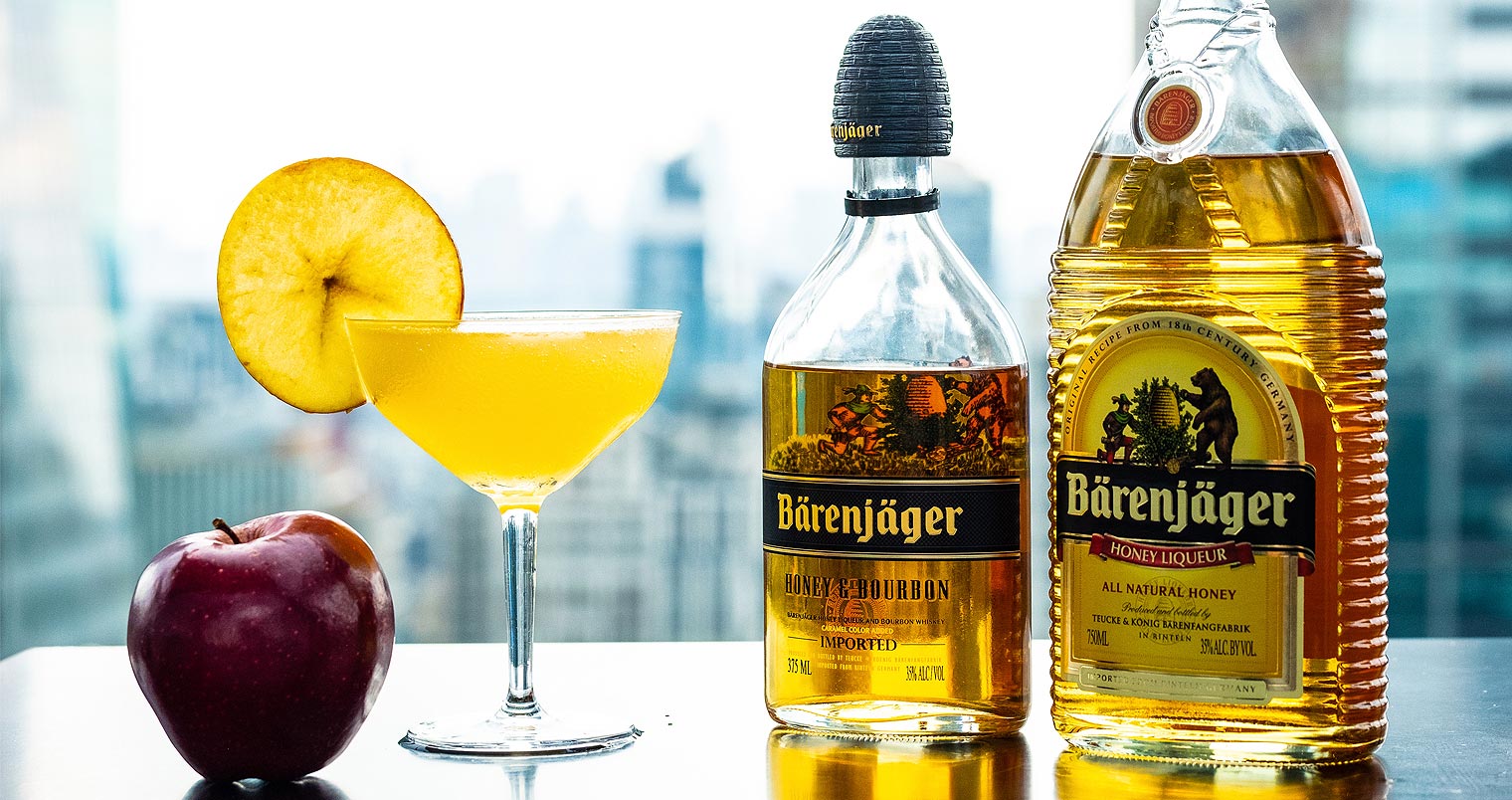



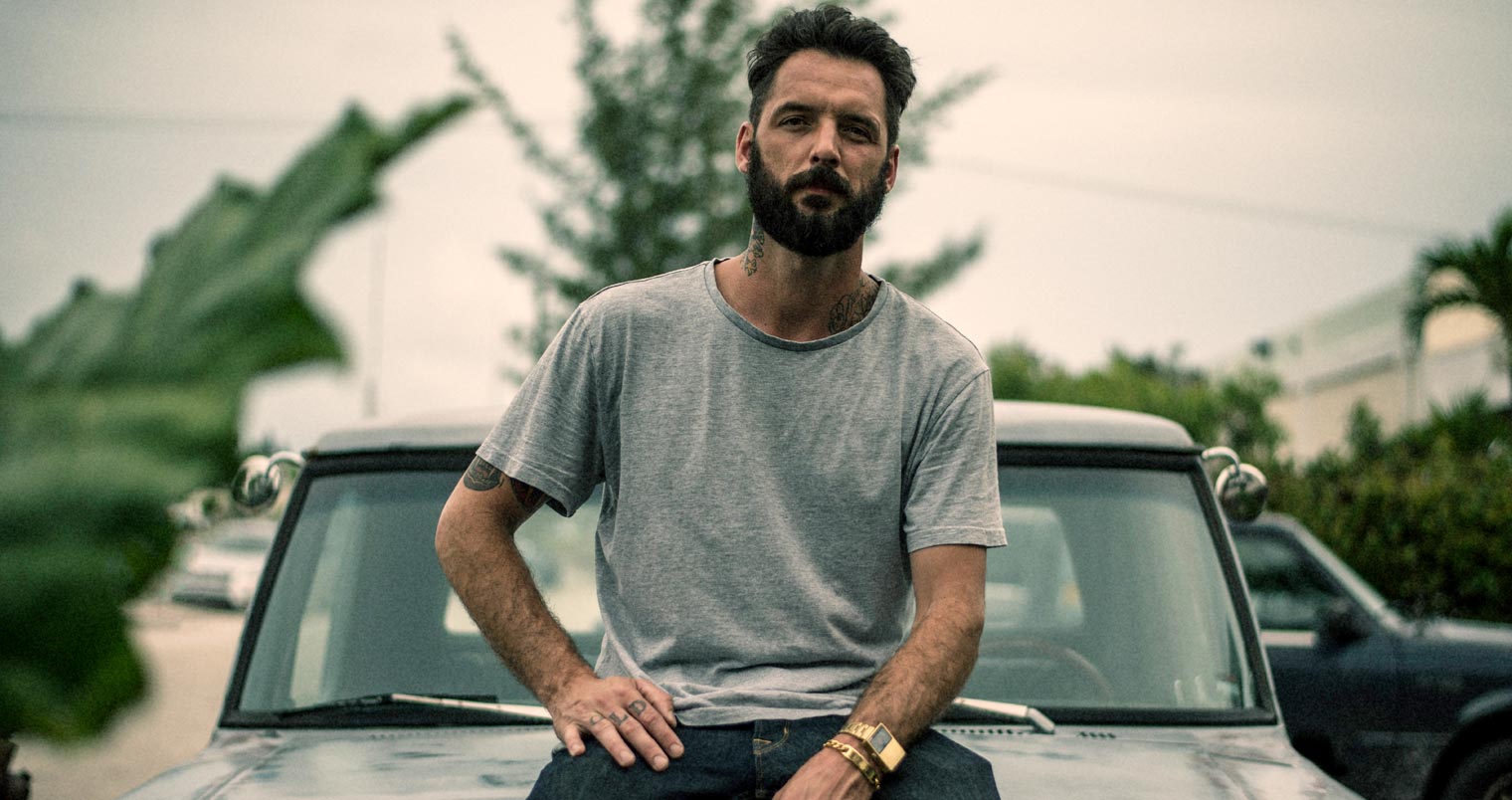






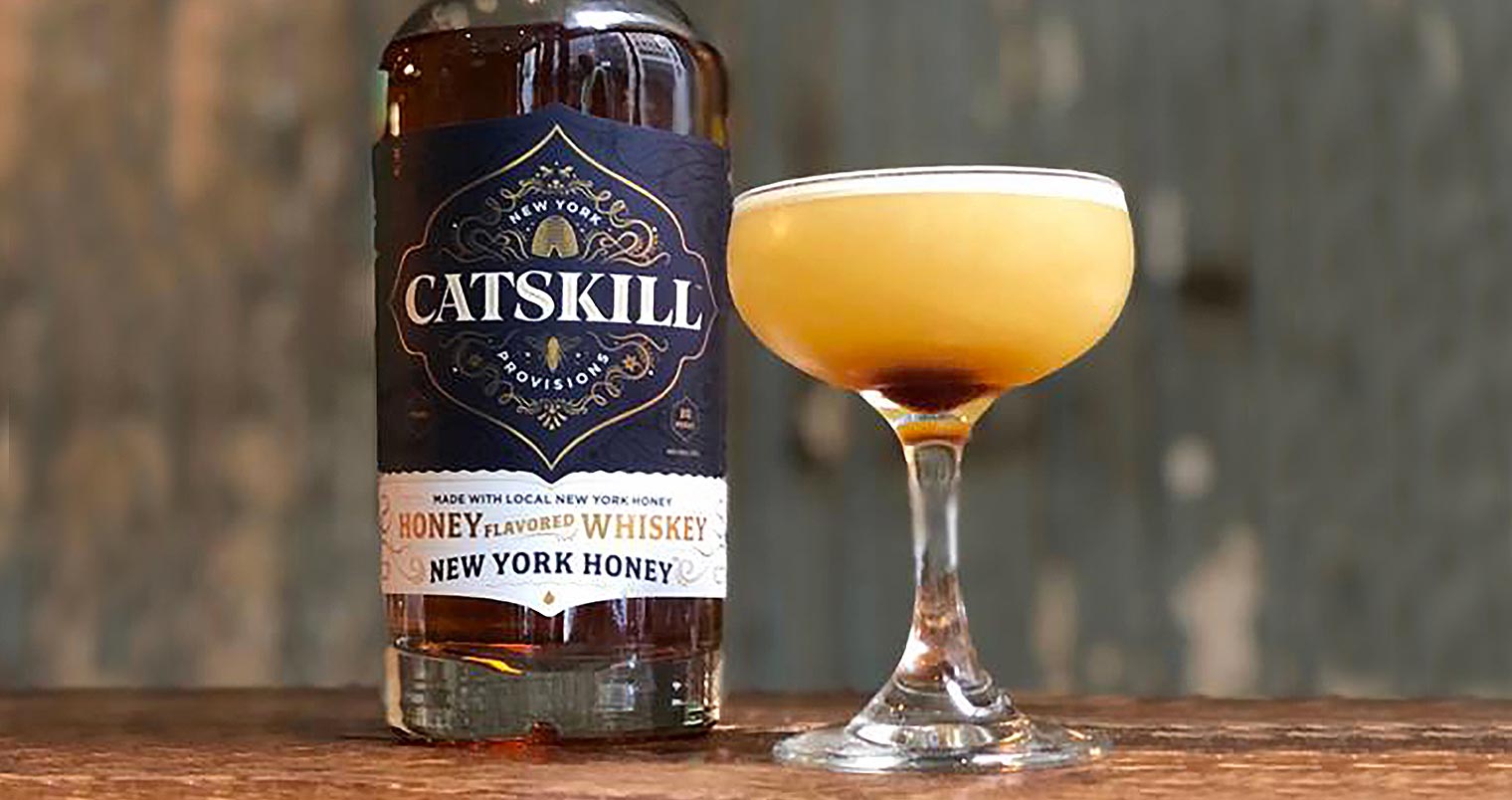




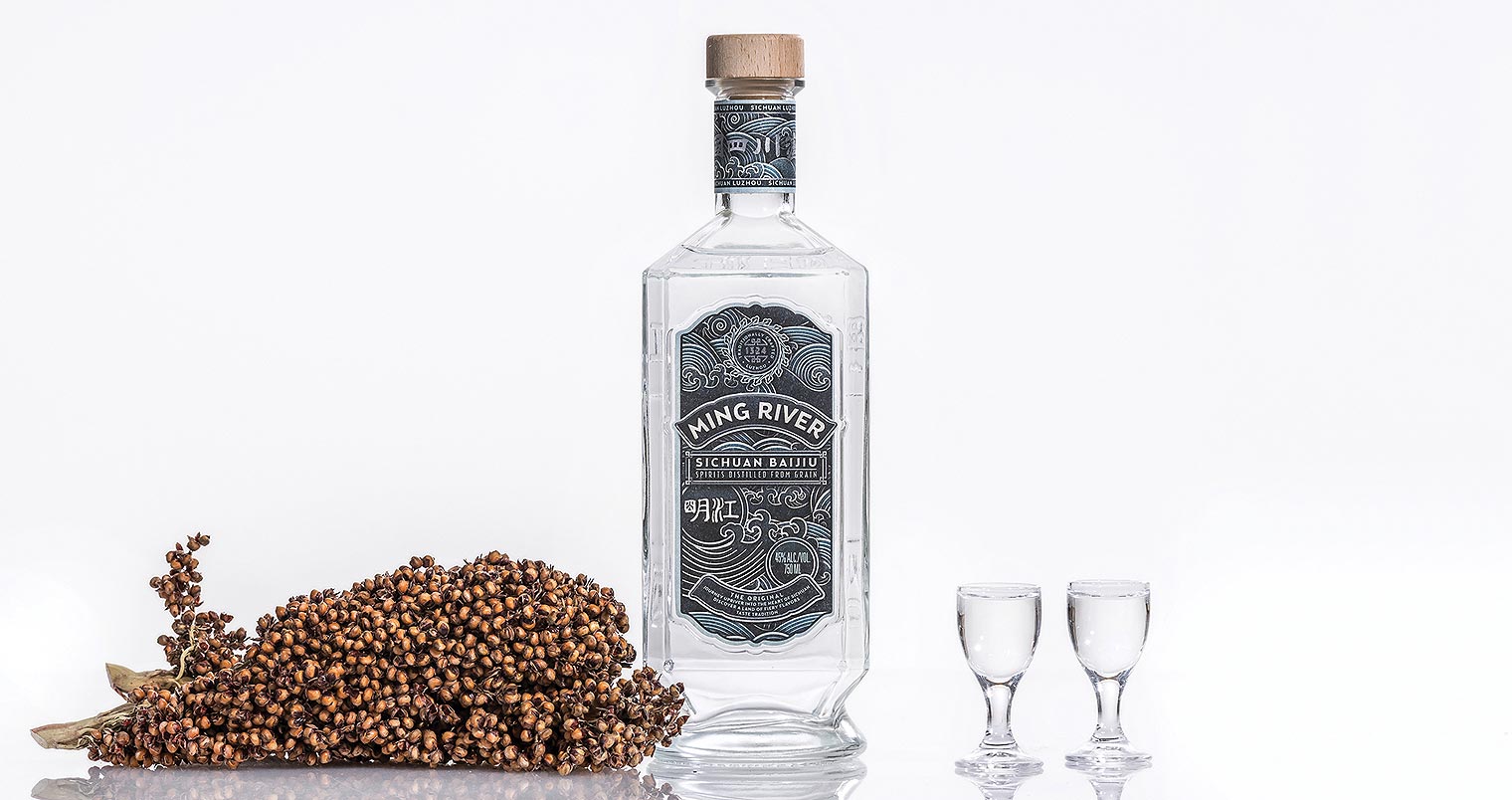












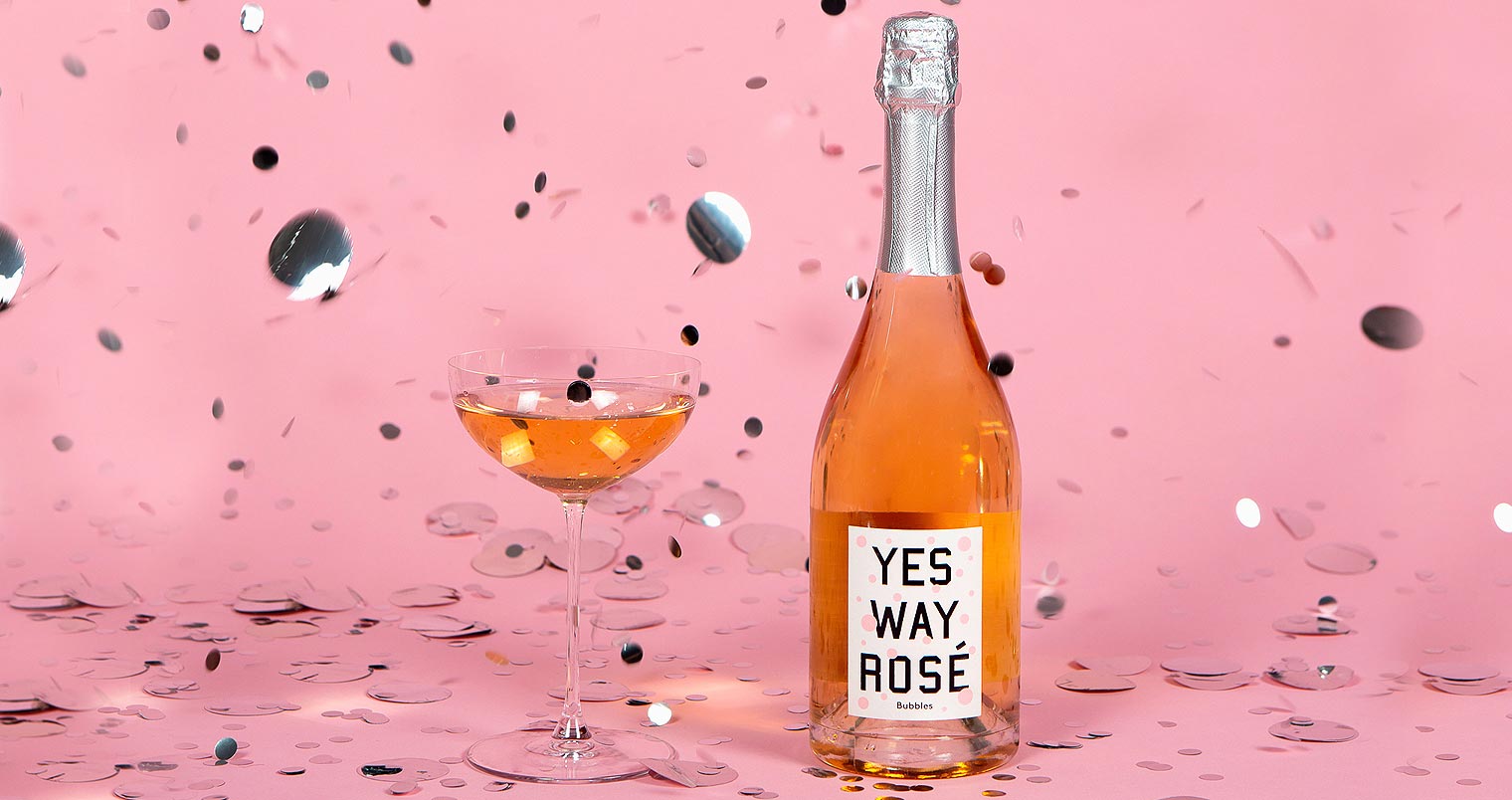



Recent Comments